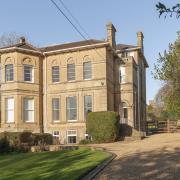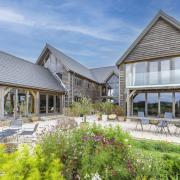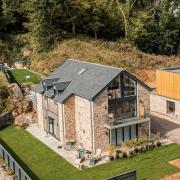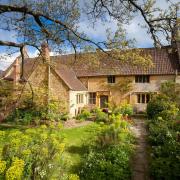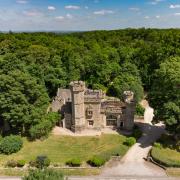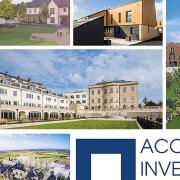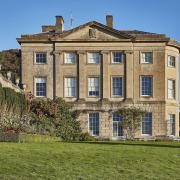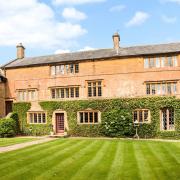Project Design Director Kevin Balch from Nash Partnership talks us through successfully developing heritage properties

As an architect (and Project Design Director at Nash Partnership) who works with the owners of large private houses, I've managed the conservation and development of plenty of old properties in Somerset and beyond.
In most instances, a thorough understanding of what happened, why and when to a building is crucial for informing its future. Being clear about the property's history brings benefits to the project deliverables, which are appreciated by both conservation bodies and clients alike.
To be successful, a heritage project needs to carefully balance the advice, inputs and desires of many parties. Clients, conservation officers, project managers, contractors, consultants, specialist trades and designers all have very different drivers for controlling the process of change and managing this process from an overall design coordination perspective. Overseeing these inputs is what we term 'Design Management' - a method we use to take the strain out of an otherwise complex process for clients.
Heritage projects can involve all manner of specialist consultants and trades. These can range from paint scientists to conservators and from building historians to archivists - all of whom might be involved in uncovering a property's past. As design managers, we know the importance of building a collaborative team of experts from the outset and having access to the right specialist advice at the right stage. Also, using the right specialists to present a thorough and scholarly assessment is often key to gaining the confidence of planning officers during the approvals process.
Through carefully managing and engaging with specialists, their expertise has wide-reaching benefits for the whole project. One specialist advisor I've worked with on a number of heritage projects is the building company Moulding, named in Country Life (March 2019) as one of the best builders and craftspeople in Britain for country houses. I asked Tim Moulding for his view on maintaining quality on complex heritage projects with lots of challenges:
"Unfortunately, there is only a very finite resource of appropriately skilled and experienced craftsmen and women," he said. "Clients are often all too keen on fast progress. Securing an available resource of appropriate quality takes time. Should this need to be significantly increased, care must be taken to ensure that quality does not suffer. It is a very easy temptation to introduce extra labour resource of inappropriate quality, only to suffer the consequences later."
The potential for suffering consequences later if corners are cut also applies to would-be heritage property owners. Legislation says that responsibility for the building - including all past work - falls to the current owners. If unapproved works have taken place, the outcomes can be significant for:
1. The owners, being made to carry out works they didn't plan and in some cases do not wish to do
2. The owners potentially having their plans for the building (on which they made their decision to buy) de-railed
3. The building potentially being de-valued by the enforced work
4. The owner being put to considerable expense and time delays
At the very least, would-be owners of heritage properties should carry out (or have carried out by a legal team) some basic research into a building's approvals history. This means the decision to buy and/or approach the local authority with proposals to alter the building can be undertaken with a thorough understanding of the risks.
Kevin Balch is Project Design Director at the award-winning practice Nash Partnership, which provides architecture, planning and conservation services throughout the UK.
Nash Partnership, 23a Sydney Buildings, Bath, BA2 6BZ | nashpartnership.com | Twitter @NashPLLP




